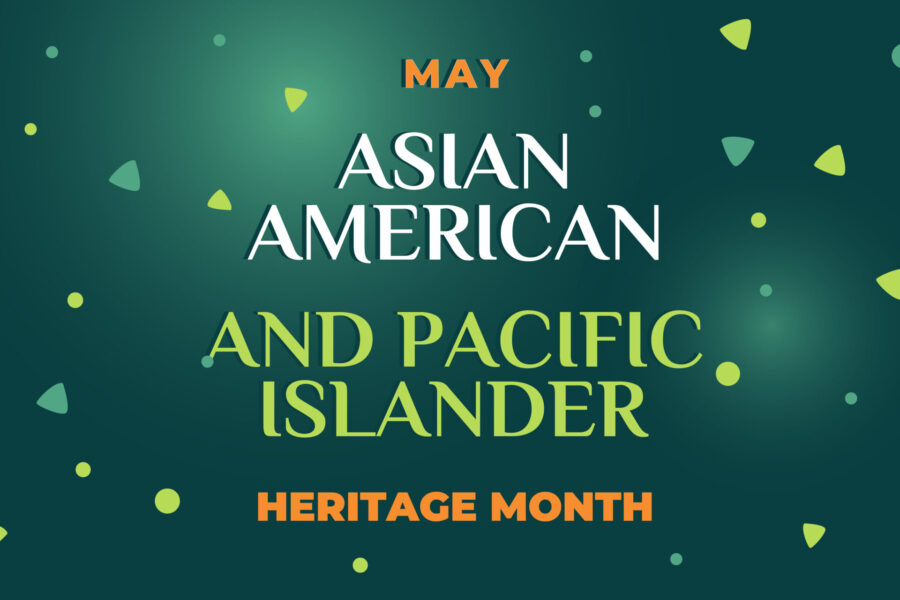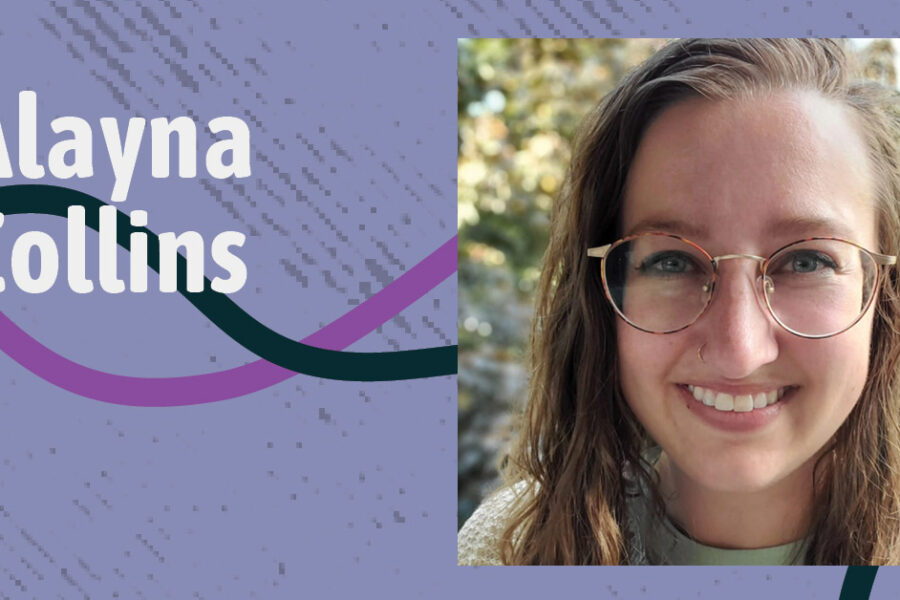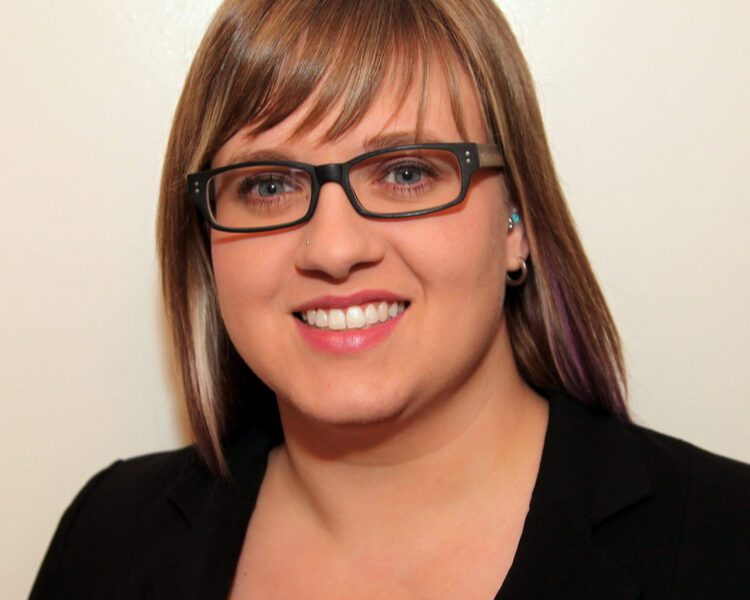Business is always about profit. That’s the bottom line. Unless you’re talking about Ken Baker’s class, “Strategy, Innovation, and Resilience,”—then it’s time to think bigger. This class doesn’t have one bottom line, but three. “The triple bottom line is not about regular ‘business as usual,’” explains Baker. “It’s about taking a more holistic approach, where we talk about people, the planet, and profits.” This framework is changing how students conceptualize what it means to be successful.
Changing markets and high degrees of competition are challenges all businesses have to contend with, but in Baker’s class, the belief is that focusing on equity and environmental concerns will support profit in the long run. Admittedly, this may feel counterintuitive at first, but that’s what makes the class exciting. “The program includes many standard MBA courses like accounting, finance, and marketing, all with a triple bottom line slant. But those courses may not sound very ‘cool,’” Baker says. “So this class jumps off the page because it’s just a little bit different.”
This difference, the focus on people and the planet, is central to this course, but it’s also woven through the entirety of the Antioch MBA. It’s this ethos that leaves students better equipped to be leaders in the business world. As Baker explains, “Taking a sustainability class elsewhere might give you an overview of what this topic is about, but here we take time to synthesize all of the components in order to provide our MBA leaders the opportunity to look at the long-term perspective with strategy and innovation.”
The Triple Bottom Line as a Grounds for Strategy
Strategy, Innovation, and Resilience are the three frameworks that Baker uses to provide students with the tools they need to imagine and implement big changes in the business world. These qualities are the bedrock of a vibrant, sustainable organization. But what does this actually look like? It turns out that each idea supports the others. The strategy works as an overarching concept, and one way to approach strategy is through innovation. This, in turn, will help a business maintain itself, or even grow, during tough times—which is the third quality, resilience.
As Baker helps his students understand, leaders need to focus on a long-term vision. When a person implements the triple bottom line, inherited systems need to be questioned. Innovation means imagining new ways to solve problems or reconceptualize practices like hiring or sourcing materials. “It’s a philosophy, a way of looking at business, that’s helping a leader be forward-thinking,” Baker says.
Even large companies can think about innovation and the environment, and sometimes they are best positioned to leverage for change. Baker cites Walmart as a leader in sustainability, in large part because many of their innovative business decisions also make them money. Changing their distribution channels to move products in more efficient ways saved the mega-corporation many millions of dollars while also reducing greenhouse gasses.
Of course, Walmart can be criticized in other respects, for instance, the “people” part of the triple bottom line, where its low wages and targeting of small, local businesses can exacerbate inequality and injustice. But Baker focuses on the stories of progress and the synergies they can create. For instance, he encourages students to look at the pressure Walmart put on laundry detergent companies to change from large bottles of detergent to smaller, more concentrated versions. “Walmart, being who they are, obviously have the market presence and the muscle,” Baker says. “They said, ‘Well, we won’t carry your product unless you do it.’” This saved Walmart’s shelf space, but it also reduced the amount of plastic being used—and the amount of plastic waste entering the waste stream. This is one story Baker shares with students to show how being sustainable can also make profits and create changes throughout an industry when other people see it work.
Focusing on the triple bottom line creates a new orientation for students, say students who have studied these concepts. “‘Strategy, Innovation, and Resilience’ proved to be a transformational course,” says former student Rebecca Blankinship. “For one thing, it helped me redefine what I think about business strategy, giving me a new model for success that could even be applied to my own life.”
This new model of what success means turns old models on their head, emphasizing not just profit but innovation in ways that support workers and the environment. “When we look at strategy from this perspective, it takes a different spin,” says Baker. “It’s not just ‘How can I get my raw materials for products and make the most money possible?’ That’s just not it anymore.”
Teaching that Supports New Thinking
Baker brings a wealth of knowledge to help students learn about what better models could look like. He’s been the Chair of Antioch’s Graduate Management Programs since 2018, and he has used his expertise to standardize curriculums and expectations across the university. But long before that, he spent eight years running his own bar and restaurant. As he explains, “That was a huge learning experience: being an entrepreneur and dealing with all the ins and outs of running a business. I always say that that gave me my real MBA.”
It’s the same kind of real-world experience many of his students bring to the classroom as they enter into the program to refine their leadership and reshape the fields they already work in. As Blankinship, the graduate of the course, says, “I love the creativity and real-life application that Dr. B. encouraged. I’ll continue to use these skills.”
Baker shapes his teaching to meet the needs of both people who are already professionals and those coming straight from undergrad, all of whom are attracted to the unique triple-bottom-line framework offered at Antioch. Asking questions is a key way this happens in the classroom. “We take a look at strategy, and the business follows from that perspective,” explains Baker. “So it’s more about, ‘What’s the strategy of my business? How can I make myself, or my company, more sustainable so we’re not burning up all the planet’s natural resources?”
The readings and resources in the class lean strongly toward what working practitioners require and find most useful and the primary texts that are easily accessible online. One of these is Strategy that Works by Paul Leinwand and Cesare Mainardi, which helps students think more about new models of “success” in the business world. It also asks leaders to consider what paths they should take. “If something doesn’t align with one’s core values, identity, purpose, and capabilities, there is no reason to do it,” says Blankinship. “I liked the invitation for people and organizations to stay true to themselves and only pursue what is close to their hearts.”
This is just the kind of attitude Baker hopes students leave his classroom with. “If you come out of the class, and you’ve got a better way of looking and thinking about business, then clearly that’s what we want,” he says. “And that’s how you become a better leader. You’re asking the right questions and looking at things a little bit differently.”






